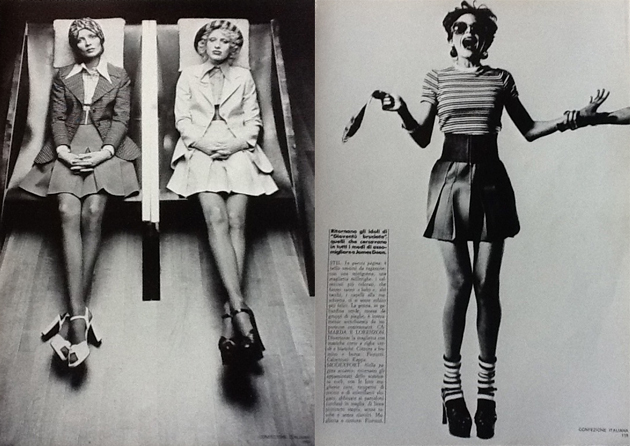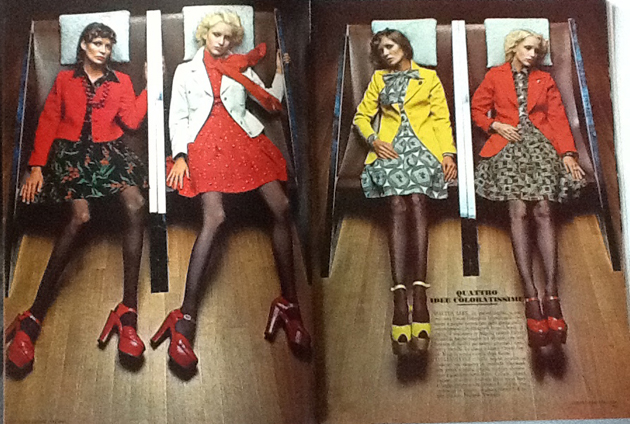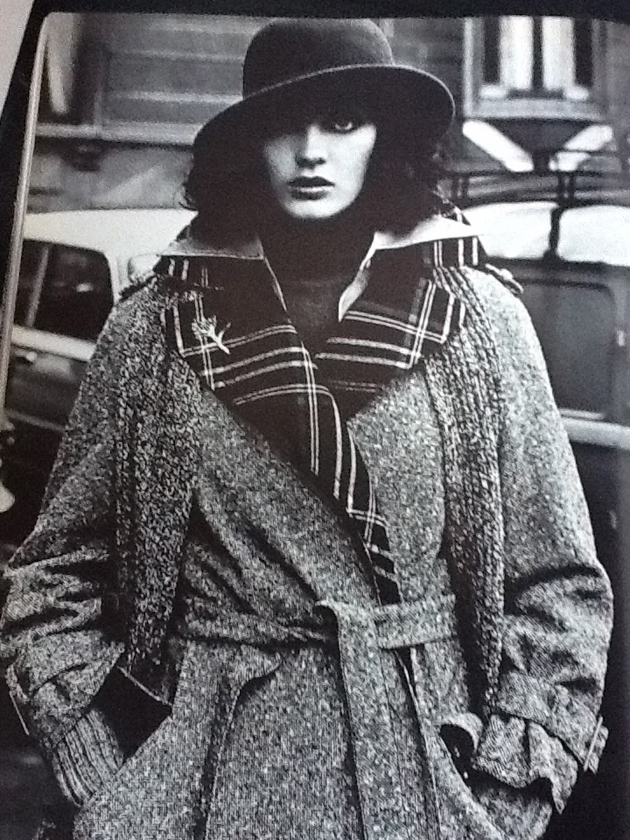Confezione Italiana
There was a time when Italian fashion was not such a world-known and celebrated industry. On the contrary, it was a young and still local phenomenon. From the beginning, though, it had shown great promise of becoming one of the leading Italian trades.
This all was happening when Fascism ruled Italy and fashion had been posed under the institutional control of an association, the AIIA (Associazione Italiana Industriali dell’Abbigliamento). Its role was to study, execute and promote clothing production, nationally and then abroad. To do that, a committee board was created: the Comitato Moda, which was in charge of trend research and the task of spreading the results to the industry and manufacture. It was necessary to keep up with Paris’ fashion status, and to be able to propose a valid alternative to it with the Italian trademark.
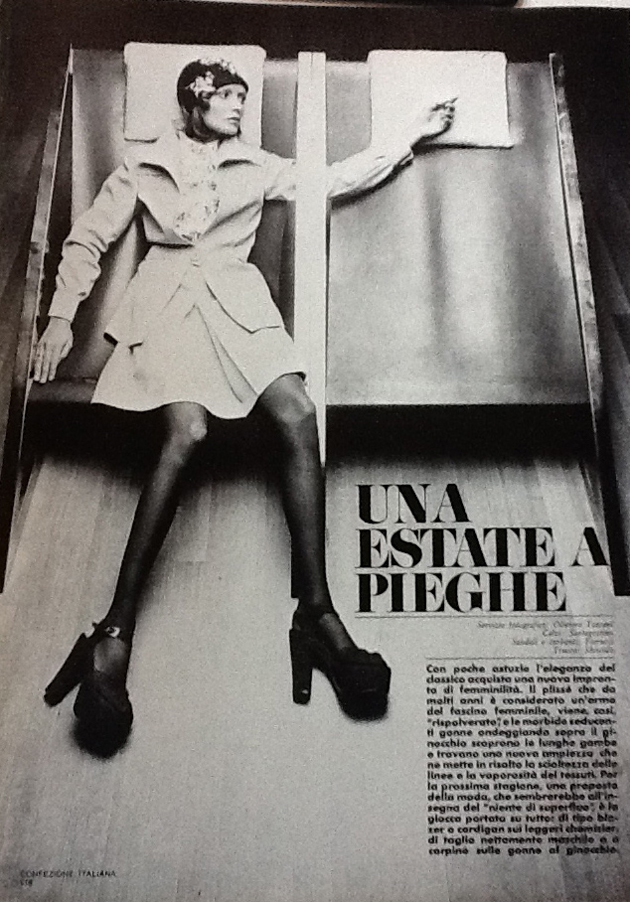
One of the aims of Comitato Moda was the publishing of its official magazine, Confezione Italiana in 1969. The idea was to create a publication addressed to the industry and the designers, as well as consumers, in order to always state one and only trend throughout the nation. From the first issues it featured at least a hundred of the major Italian productors and designers such as Biki, Iole Veneziani and Marucelli.
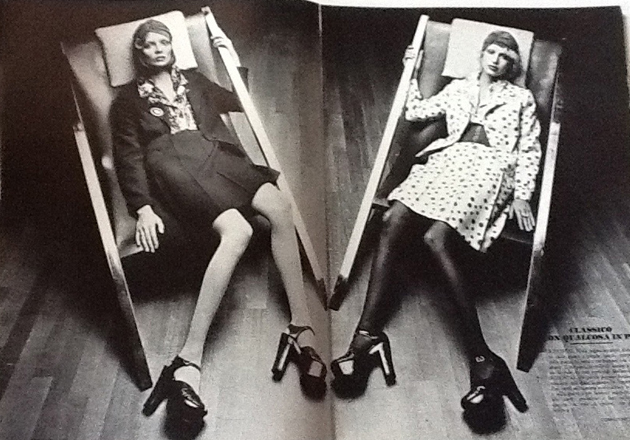
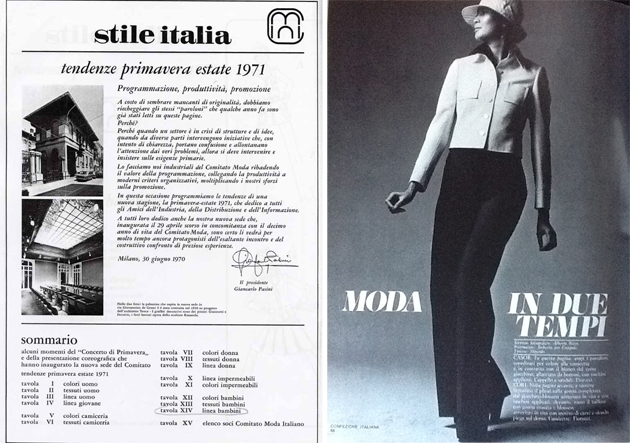
Fashion photography was central in every issue. Themes and locations were chosen according to the trend they should promote: ‘Weekend in the mountains’ for skiing garments, ‘Autodrome’ for leather jackets, ‘Sunday at the stadium’ for casualwear, and so on. What sounds predictable and without potential of making any change, turns out to be the exact opposite if seen live. The spreads are really hard to believe coming from the Italian 70s, as the suggestions they gave and the atmospheres they created were extremely contemporary, so much that they recall the magazines spreads we see nowadays. It is not easy to tell if they were avant-garde at the time, or simply so strong that they are still inspirational today. What is certain is that the atmospheres – playful, careless and unserious, but elegant and refined too – are the same we can find even now.
This was when and how Italian fashion developed its main features, so antithetical from the French fashion: being fun but desirable, suitable for everyone, anytime.
